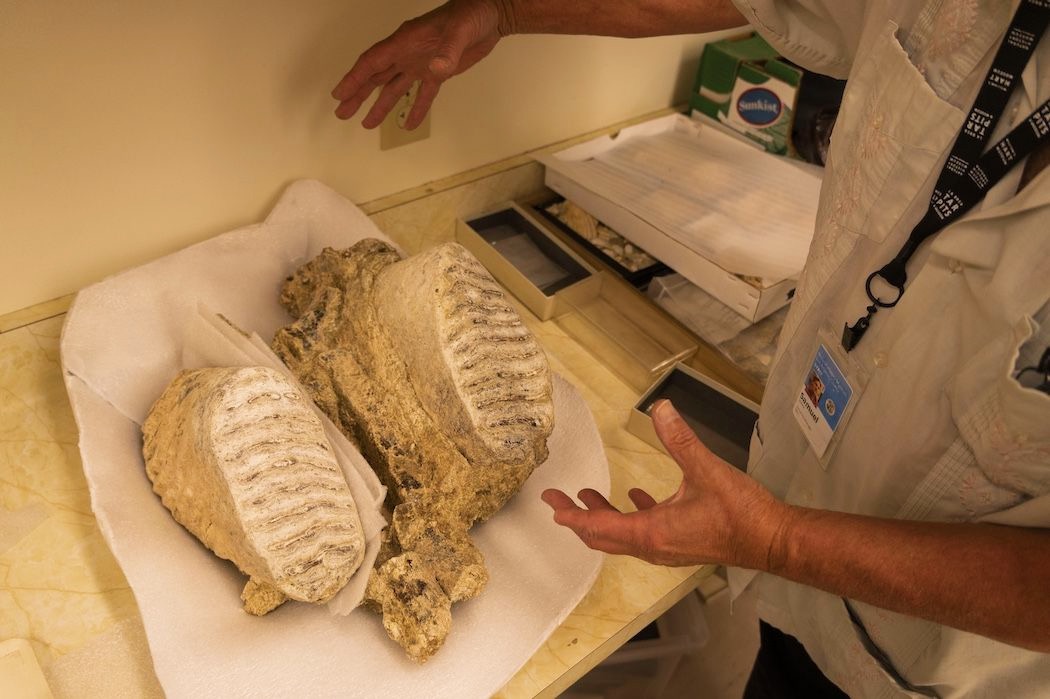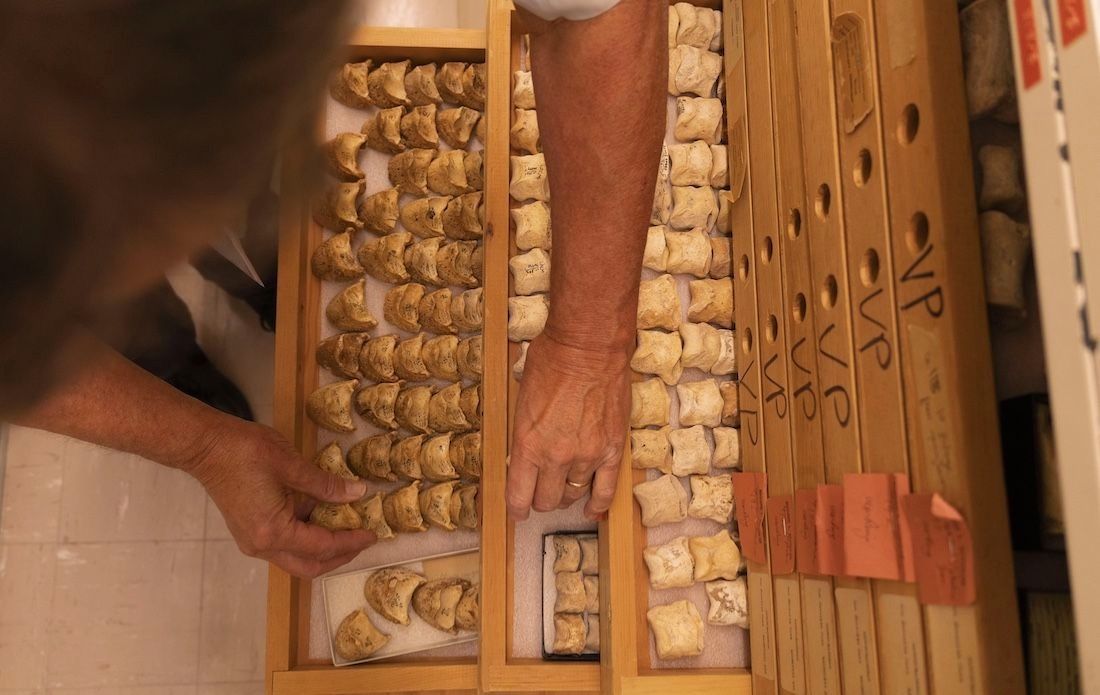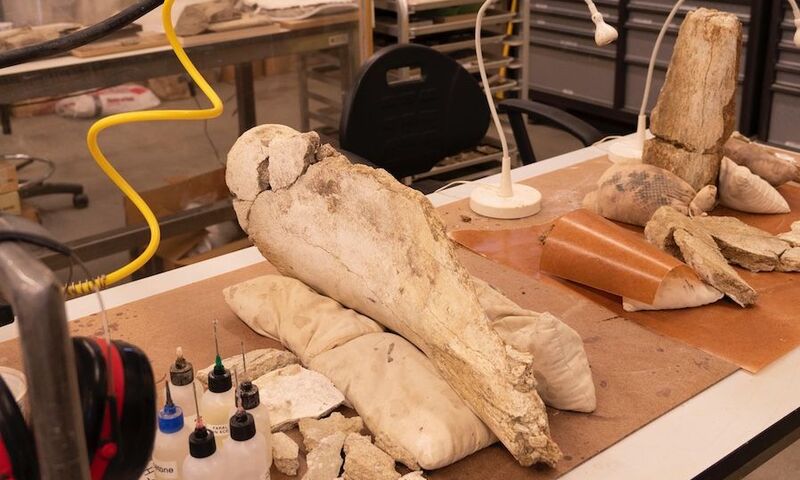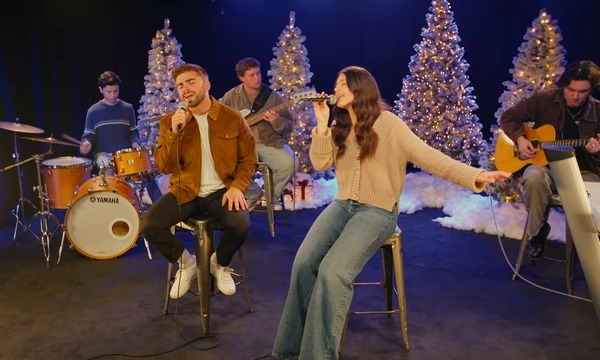Natural History Museum of Los Angeles County patrons will now be able to view a piece of history previously discovered on Biola University’s campus in La Mirada — a Columbian Mammoth. In 2022, Biola’s treasured mammoth specimen found its new home in the tapestry of time captured at the LA museum.

Found in 2002 during the construction of Hope Hall, Biola’s anthropology students excavated parts of the skull with two teeth, tusk, and associated bones of the skeleton prior to it being donated.
Collection Manager for Vertebrate Paleontology at the Natural History Museum, Dr. Samuel A. McLeod, helped coordinate the donation. Each collection at the museum is active, meaning paleontological gaps are continuously filled in, contributing to a more cohesive historical timeline. Selectivity has increased, however, as the Natural History Museum sifts through which donations they accept.
“It has to be something that we can take care of, something that fits within our priorities, something that has good documentation on where it came from,” said McLeod.
Biola’s mammoth donation fits into this timeline well.
“Well, first of all it’s in Los Angeles County. Secondly, it’s from a campus ... now that’s just very unusual for a university to actually have a fossil finding or a fossil deposit on their campus,” said McLeod.

When the fossilized finds were discovered on campus in 2002, the excavation made the Whittier Daily News and created a hands-on learning experience for students. From 2002 to 2020, the discovery provided students with experience in field work, laboratory work and research-reporting. According to the excavation status report, the project “revealed the complexity of past events leading to the development of the modern landscape and the paleoenvironment of the later Ice Age.”
Dr. Tamara Anderson, senior associate provost and professor of psychology, oversaw the donation to the Natural History Museum.
“Former faculty member, Professor Paul Langenwalter, shepherded the excavation of the Mammoth site. It was important to Paul that the specimens be prepared, displayed, and housed according to ethical standards set by the field of archaeology,” Anderson said.
Anderson described how Biola initially connected with the Natural History Museum. When the site had been fully excavated, Biola realized they did not have the space or resources to properly store the specimen. So, Langenwalter and Anderson began the search for a new home. Langenwalter connected Anderson to McLeod, which led to the eventual donation of Biola’s mammoth specimen to the museum.

Stored in rows of cabinets sorted according to age, the top floor of the west wing of the museum is filled with hooves, teeth and skeletons. In the adjacent room, staff and volunteers process field specimens, including whale, and of course, Biola’s donated mammoth specimen. University of Southern California’s main campus, the California Science Center, the Los Angeles Memorial Coliseum, and the future Lucas Museum of Narrative Art surround these prehistoric materials in the Natural History Museum. Ancient specimens contrast with their modern surroundings, inviting deep exploration of history.
“To be delighted [and] to learn something about natural history, the organisms, people, etcetera,” said McLeod. “A museum is a place where you can see objects that illustrate what you’re trying to show about the world.”
Written and photographed by Abigail Goosen, strategic communications assistant. For more information, contact Media Relations at media.relations@biola.edu.
 Biola University
Biola University
.jpg)
.jpg)

_(1).jpg)